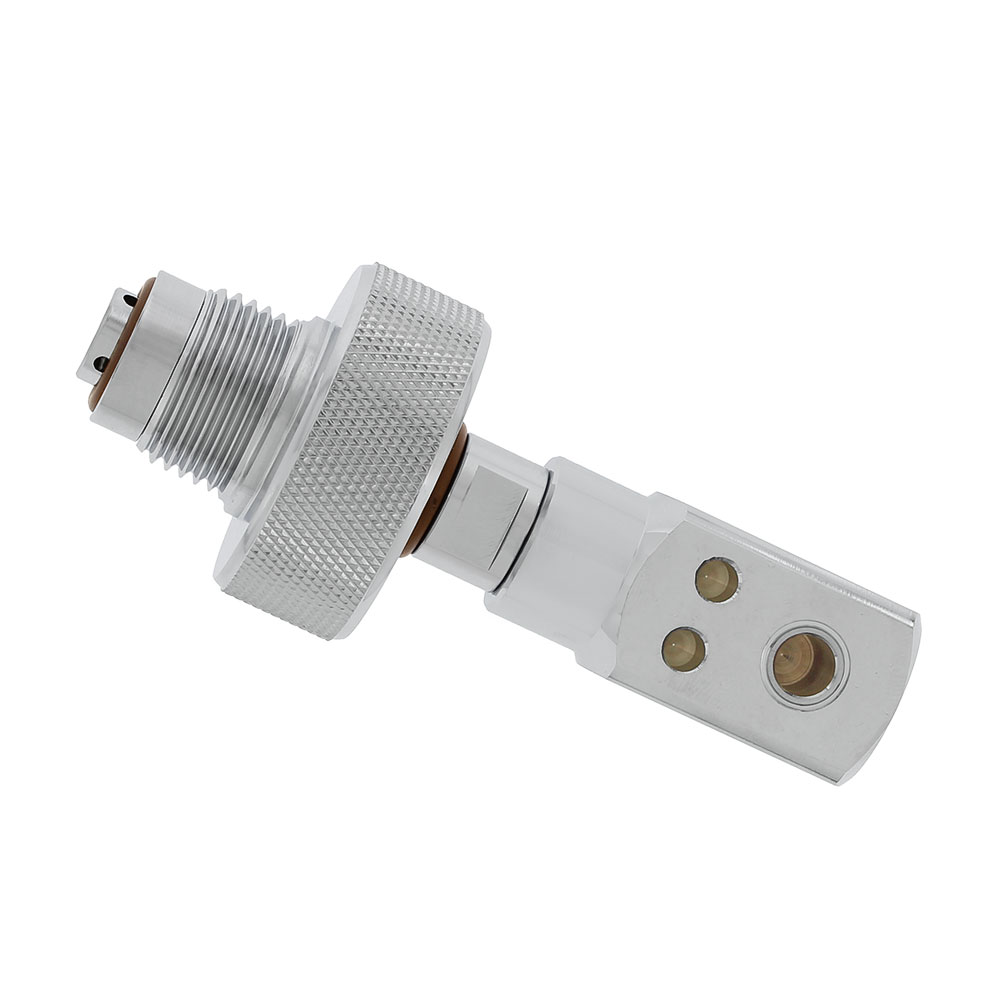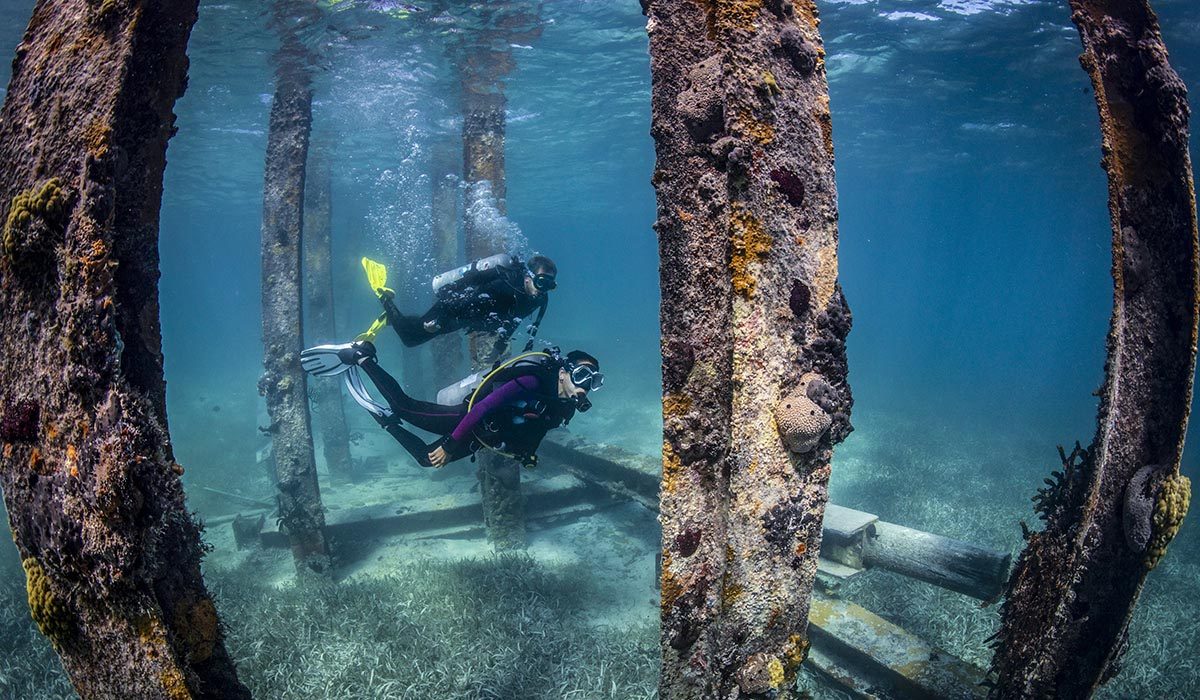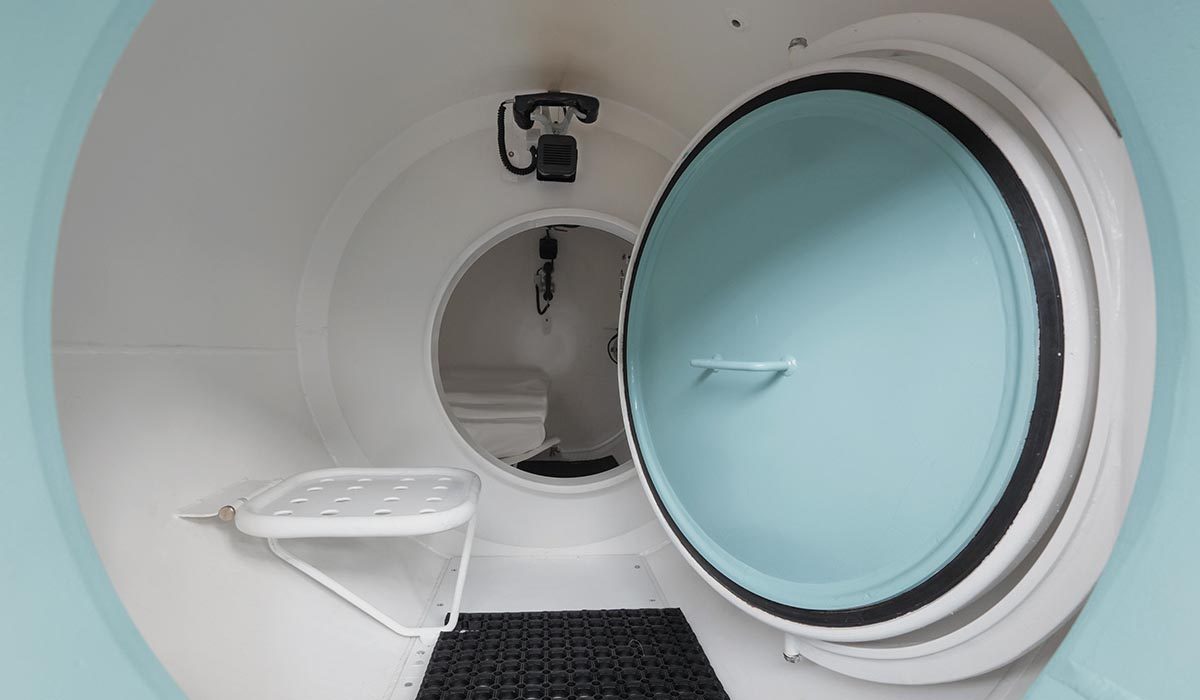Roy_W
Contributor
My wife and myself are nearing 200 dives each, we are recently certified CMAS Level 3 divers and have experience in Lakes, the Sea and Liveaboards.. We have just recieved new dry suits and are currently in the process of gaining experience with them..
Our next goal is to start diving outside of the constraints of our club. Even withing a club dive we normally dive as a buddy team, so nothing new there.
Eventually when we dive on our own this will mean that we have no club material at our disposition and my question related to this situation.
We recently had a conversation where the suggestion was given that if we consider doing the dives outside of the constraints of the club that we should do our Advanced Nitrox course as this would allow us to eventually carry a 7l 100% oxygen pony on our dives. Important : the idea is NOT to use the pony for deco use. The idea behind the pony is to carry emergency oxygen with us rather than have a tank on the shore. Obviously it wouldn't be capable of providing a 15l/minute flow rate , as is expected , but it would definitely be an immediate source of oxygen in the event of an emergency ( the shore is not always just a minute away).
What are your thoughts on this approach ? What alternative methods do you use to replace a shore/boat available oxygen kit ? Do you actually dive with the expected medical/safety gear on the shore side. Leaving a couple of hundreds/thousands worth dollars/euros of gear on the shore whilst diving is not an appealing idea.
Cheers
Our next goal is to start diving outside of the constraints of our club. Even withing a club dive we normally dive as a buddy team, so nothing new there.
Eventually when we dive on our own this will mean that we have no club material at our disposition and my question related to this situation.
We recently had a conversation where the suggestion was given that if we consider doing the dives outside of the constraints of the club that we should do our Advanced Nitrox course as this would allow us to eventually carry a 7l 100% oxygen pony on our dives. Important : the idea is NOT to use the pony for deco use. The idea behind the pony is to carry emergency oxygen with us rather than have a tank on the shore. Obviously it wouldn't be capable of providing a 15l/minute flow rate , as is expected , but it would definitely be an immediate source of oxygen in the event of an emergency ( the shore is not always just a minute away).
What are your thoughts on this approach ? What alternative methods do you use to replace a shore/boat available oxygen kit ? Do you actually dive with the expected medical/safety gear on the shore side. Leaving a couple of hundreds/thousands worth dollars/euros of gear on the shore whilst diving is not an appealing idea.
Cheers






